The British Museum, the world’s oldest national public museum, is under increasing pressure following the theft of more than 2,000 objects earlier this year. month.
While police investigations are ongoing, George Osborne, chairman of the British Museum, said more could have been done to prevent the thefts, which resulted in the resignation by the museum director, Hartwig Fischer.
While some objects were subsequently recovered, the thefts raised questions about the safeguarding of objects at the museum and reignited discussions on the repatriation and restitution of the objects housed there.
A museum spokesperson said: “The British Museum fully recognizes the complex history of the objects in the collection and recognizes our responsibility to engage the public with their interconnected history in the modern world. »
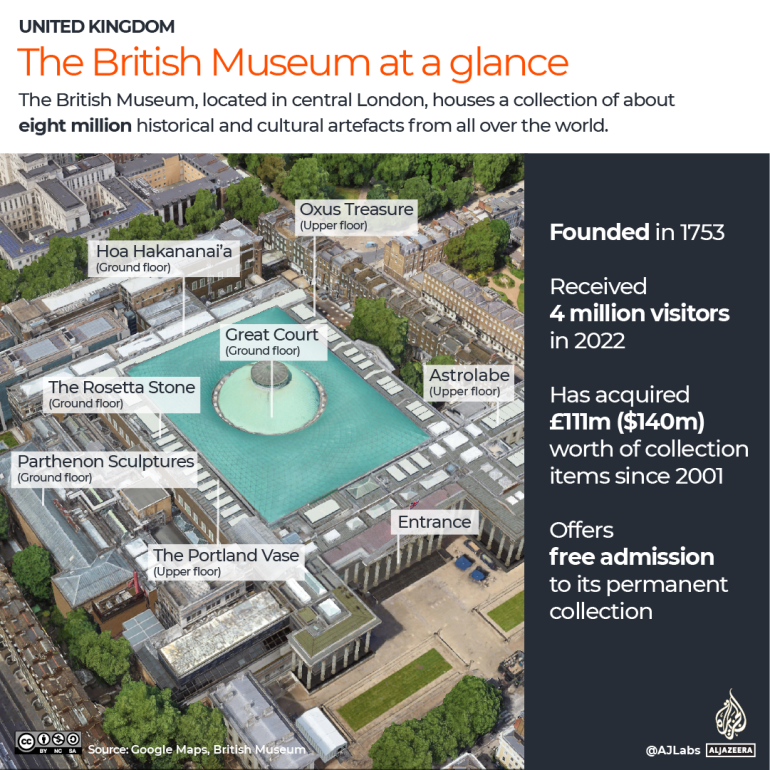
Founded in 1753, the museum opened its doors in 1759. Located in central London, the British Museum, one of the city’s most popular tourist attractions with four million visitors in 2022, offers free entry to its permanent collection.
The British Museum has received £47.8 million ($61 million) in revenue and a £20 million ($25 million) capital grant from the Department for Digital, Culture, Media and Sport in the 2022/23 financial year.
Since 2001, the museum has acquired £111 million ($140 million) worth of collectibles, according to its annual report (PDF).
What is in the museum?
The British Museum has admitted that it does not have complete records of the nearly eight million objects in its collection.
The oldest object is the Olduvai stone cutting tool, approximately 1.8 million years old, found at an ancient campsite in Tanzania.
The British Museum has long recognized that some of the objects it houses are contested – a reminder of Britain’s colonial exploits. Below are some of the museum’s most famous objects.
Rosetta stone
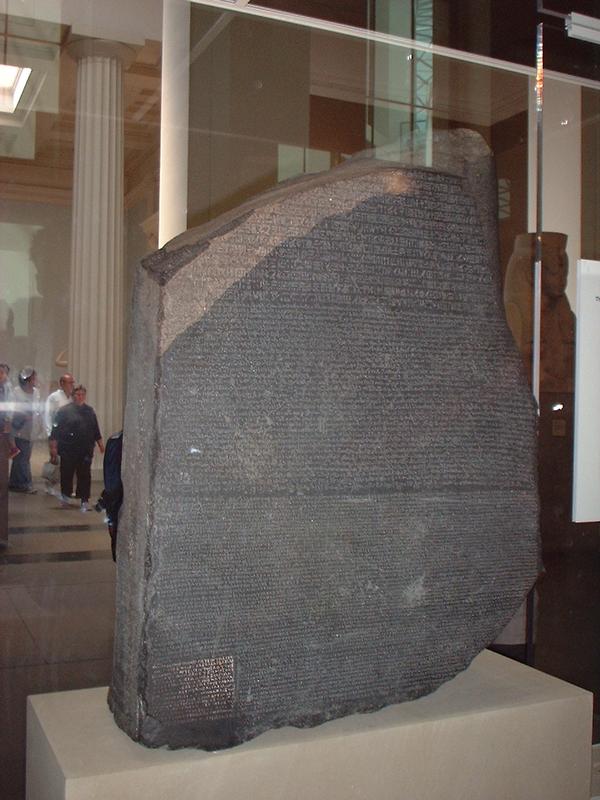
Origin: Egypt
One of the most famous objects in the British Museum is the Rosetta Stone. Part of a larger slab, the stone has engraved a decree in three different scripts: hieroglyphics (14 lines), Demotic-Egyptian script (32 lines) and ancient Greek (54 lines).
The stone was found accidentally by soldiers of Napoleon’s army, who were campaigning in Egypt from 1798 to 1801. After Napoleon’s defeat, the stone was shipped to England in 1802.
Since then, Egyptian authorities have requested that the stone be returned to its country of origin.
The Parthenon sculptures
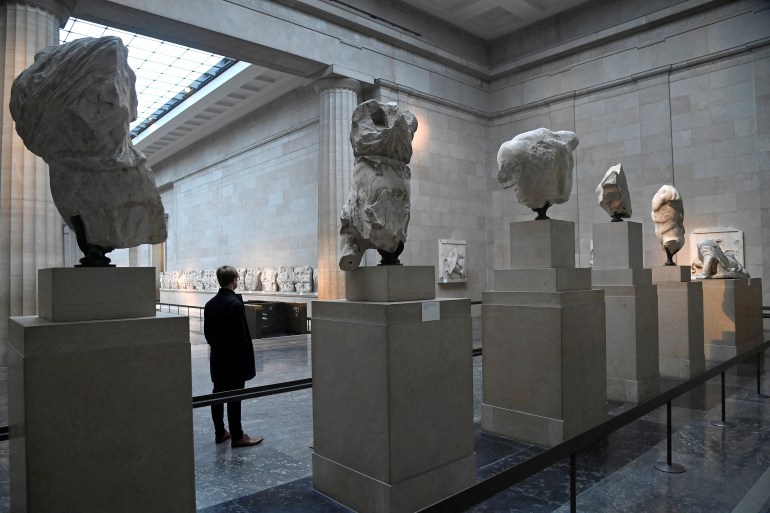
Origin: Greece
Also known as the Elgin Marbles, the Parthenon sculptures are part of an ancient Greek frieze that adorned the Temple of Athena on the Acropolis in Athens. The 17 sculptures and 15 metopes of the original frieze in the British Museum were made between 447 and 423 BC.
They were suppressed by Thomas Bruce, 7th Earl of Elgin, when Greece was under the rule of the Ottoman Empire. Greece first submitted a formal request for the permanent restitution of all sculptures in the museum’s collection in 1983.
Osborne, the museum chair, held discussions with Greek Prime Minister Kyriakos Mitsotakis to lend some of the sculptures to Greece in exchange for Greek objects.
Benin bronzes
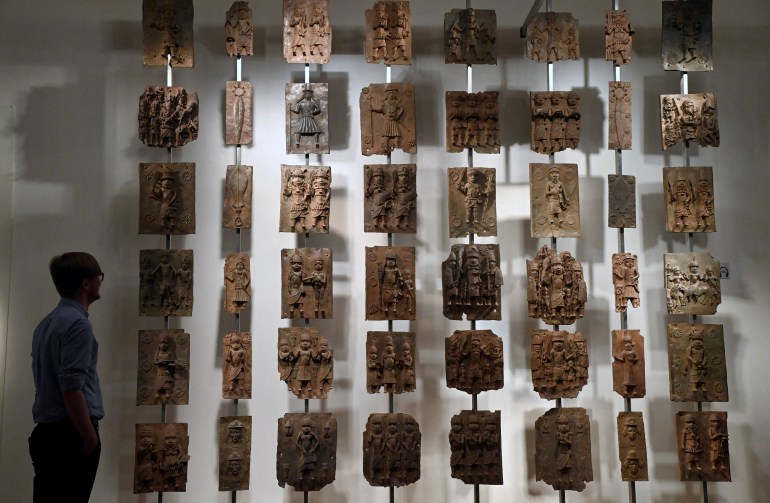
Origin: Benin City
The Benin Bronzes are a series of cast plaques and sculptures that decorated the royal palace of the Kingdom of Benin, the current capital of Edo State in Nigeria. The bronzes were made at least in the 16th century by expert craftsmen.
Benin City became part of the British Empire from 1897 to 1960. After the capture of Benin City by British forces, British forces looted numerous monuments and palaces. Some were given to Queen Victoria and others were sold privately or ended up in museums around the world.
Representatives of the Benin Royal Palace have made statements demanding the return of the bronzes and Nigeria’s Federal Ministry of Information and Culture has also asked the British Museum to return the objects in 2021.
The Portland vase
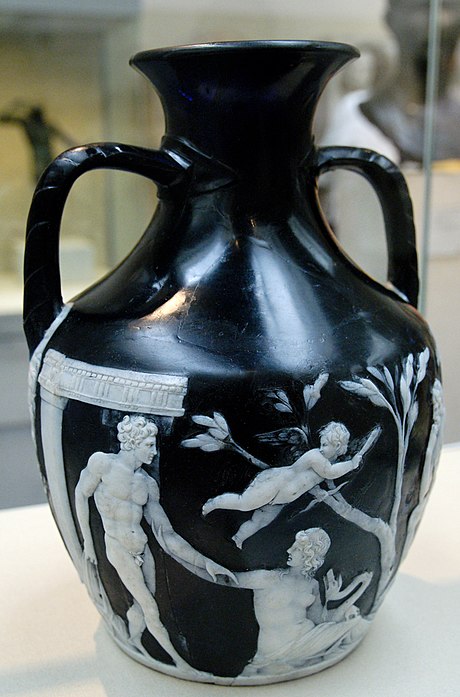
Origin: Italy
The Portland Vase is a two-handled glass amphora believed to date back to the first century of the reign of the Roman Emperor Augustus. The blue-violet glass vase represents seven figures, a snake and two bearded and horned heads.
The vase was part of the Barberini family collection. In 1790 the British Ambassador in Naples purchased the vase which was subsequently sold to the Duchess of Portland. It has been in the British Museum since 1810 and was purchased by the museum in 1945.
Lamassu
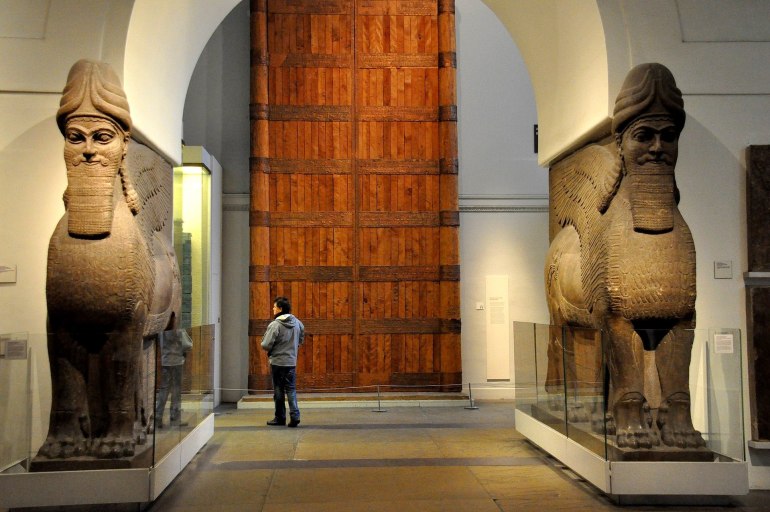
Origin: Iraq
The gypsum statue of a winged lion with a human head is said to have flanked the door to the throne room of the northwest palace of Ashurnasirpal, the Neo-Assyrian king, in Nimrud, an ancient city in Iraq, 30 km to the south of the city. from Mosul.
It is believed to date back to 865 BC to 860 BC. It was excavated by Austen Henry Layard and acquired by the museum in 1851.
In recent years, the British Museum has repatriated pieces illegally taken from Iraq during the 2003 invasion, which were discovered by British authorities.
Hoa Hakananai’a and Moai Hava

Origin: Rapa Nui
The museum houses two moai from Rapa Nui (Easter Island), Eastern Polynesia. Moai are megalithic statues carved from basalt dating from 1000-1200. They were placed on ceremonial platforms and are described as the living faces of ancestors.
The statues came to the British Museum via a British survey ship, which was taken to the location of Moai Hava. The crew collected the first moai in 1868 and dug up a second one. They were brought to Britain, one being given to Queen Victoria and the other given to the British Museum.
In July 2019, a request for the return of Hoa Hakananai’a and Moai Hava was made on behalf of Rapa Nui.
Amaravati marbles
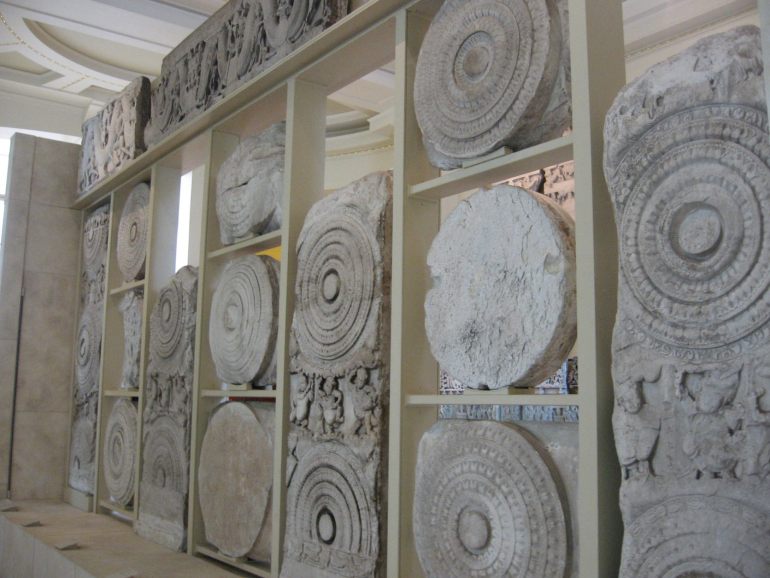
Origin: India
The collection of 120 limestone sculptures known as Palnad marble was recovered from the Amaravati stupa in Andhra Pradesh, southeast India. The great shrine of Amaravati was founded around 200 BC and is considered one of the oldest Buddhist monuments in India.
The marbles arrived in England after their excavation in 1816-17 by a team of British investigators, and more than 120 were shipped to the British Museum.
The Instructor’s Remonstrances to the Ladies of the Court
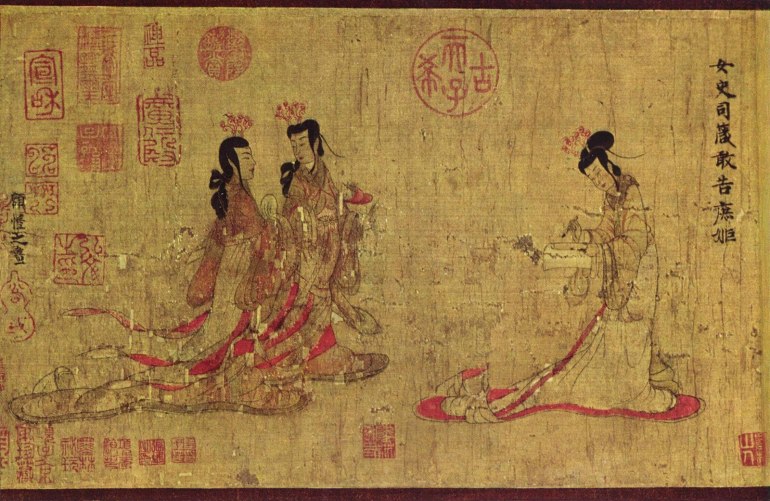
Origin: China
The Teacher’s Admonitions to the Ladies of the Court is a scroll dating from 400 to 700 AD. It is generally only displayed six weeks a year, due to conservation precautions. The scroll depicts a poetic narrative painting on silk by the poet Zhang Hua.
The scroll was purchased by the British Museum from Captain Clarence Johnson who was in Beijing in 1900 during the Boxer Rebellion.
Chinese state media recently called on the British Museum to return Chinese artifacts following the recent theft from the museum.
Mokomokaï
Origin: New Zealand
Toi moko are preserved Maori heads. The preservation of heads in Māori culture is intended to honor the deceased person. Currently, the British Museum has seven preserved Maori tattooed heads in its archives. New Zealand has requested the return of the Toi moko.
More than 6,000 human remains are in the care of the British Museum. Since 1997, the museum has received eight complaints regarding human remains at the museum.
Oxus Treasure
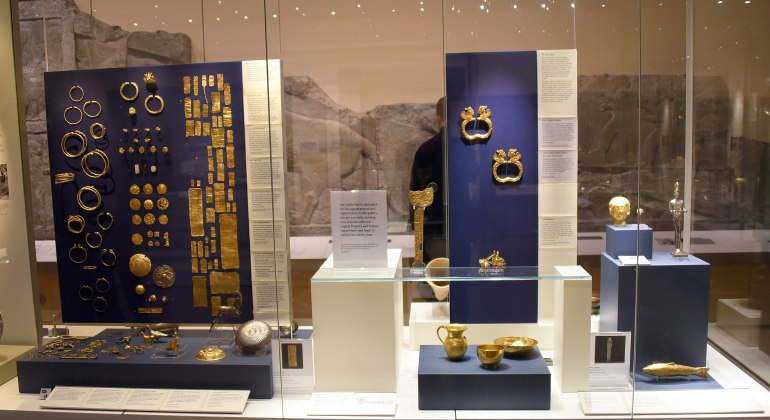
Origin: Tajikistan
The Oxus Treasure dates back to the Achaemenid Empire from the 5th to 3rd centuries BC and is a collection of 180 gold and silver coins found in the Oxus River. They were discovered near the town of Takht-i Sangin in Tajikistan between 1876 and 1880. The British Museum’s collection includes armlets, a gold chariot and other statuettes.
Where do the objects come from?
According to the museum online research guidethe British Museum has been working for at least 40 years to expand its database and, even with more than two million documents, it has only cataloged “about half the collection.”
He goes on to mention that “in many cases, the most recent research has not yet been added. There will be errors and omissions, but the Museum is choosing to publish the data rather than retaining it until it is complete.”
In April 2020, the museum launched a major overhaul of its online collection. According to its press release, 4.5 million objects and 1.9 million images were made available to the public.
You can browse 4.5 million objects and 1.9 million images, and there are many new updates available: you can now zoom and pan images, revealing more details than ever before.
Try it on Game of Ur here: https://t.co/FfgVAMkGnv #MuseumOfTheHouse pic.twitter.com/Wk6DqIketr
– British Museum (@britishmuseum) April 28, 2020
The museum’s press service told Al Jazeera that the digitization process would be completed as soon as possible.
An Al Jazeera analysis of the British Museum online databaseas of August 30, revealed that 2.2 million items from at least 212 different countries around the world had been cataloged.
At least 649,727 items were classified as having been made, acquired or found in the UK, with the majority – 625,371 – coming from England.
Outside the UK, the museum database returned 164,140 results from Iraq, followed by Italy (147,697), Egypt (119,854), France (81,980), from Turkey (73,922), Germany (66,273), Greece (64,928) and China (58,749). and India (52,518).
The table below provides a country-by-county breakdown of the museum’s cataloged collection. Use the search function to find your country.

